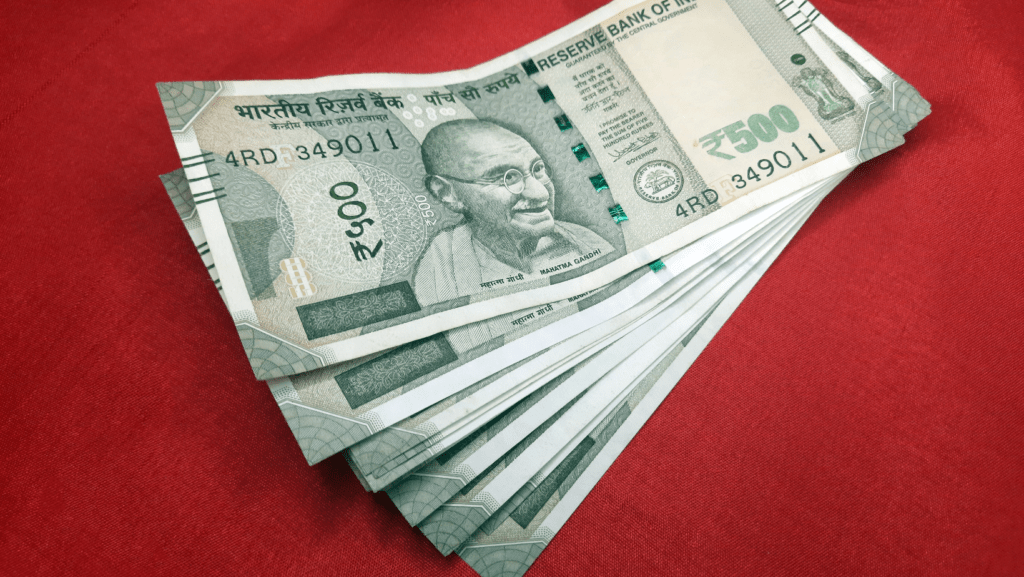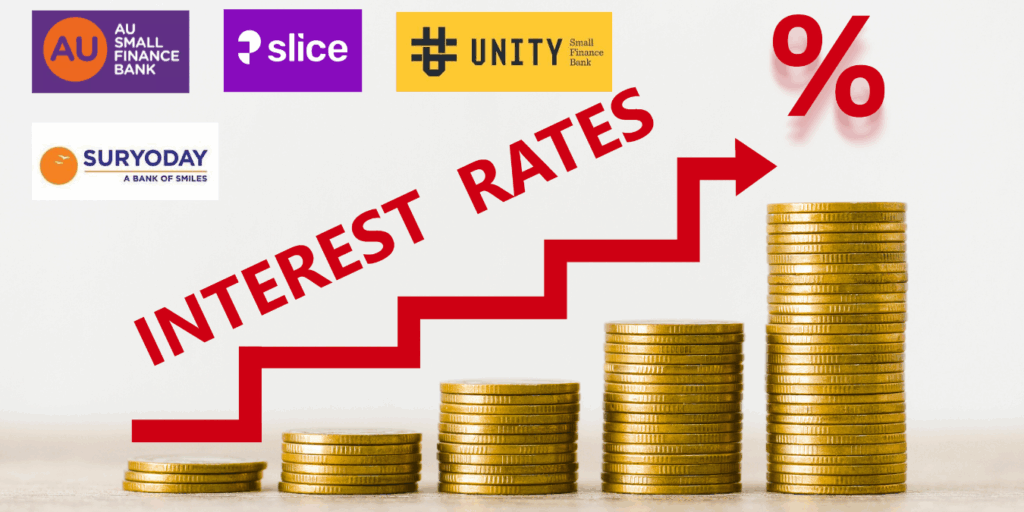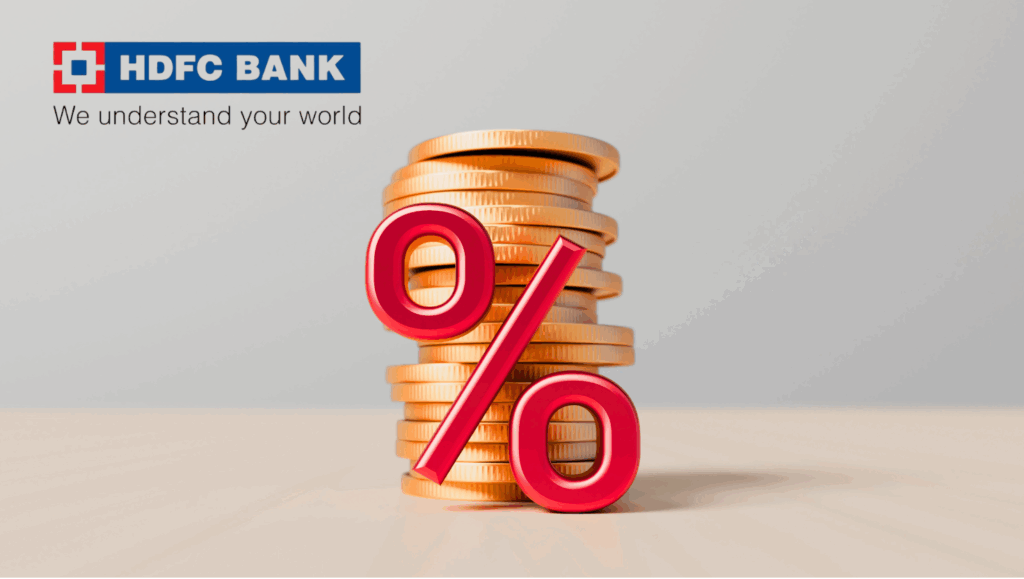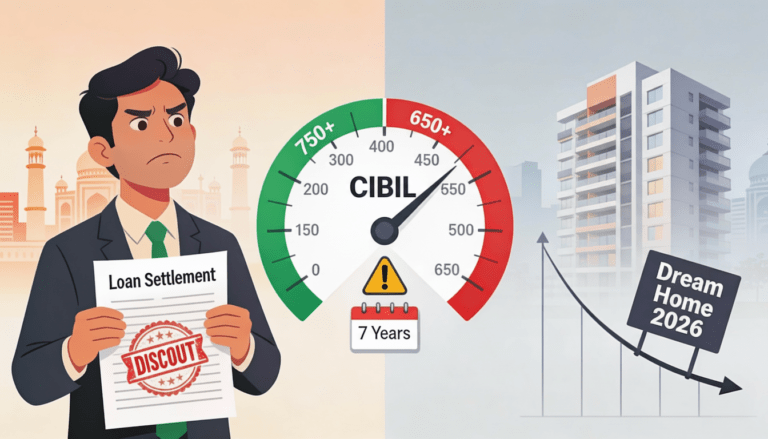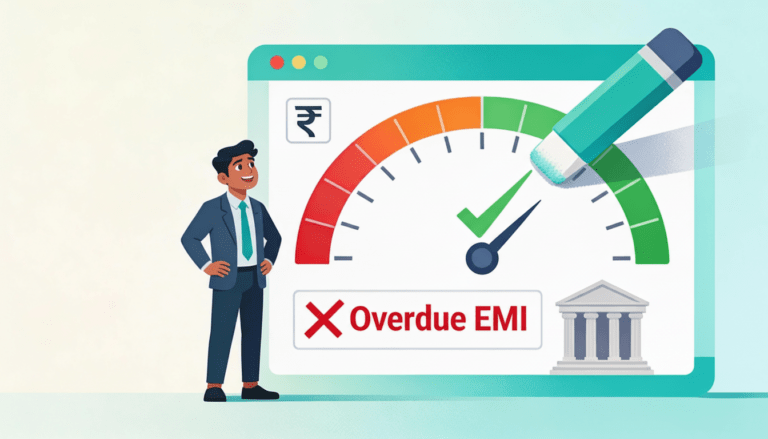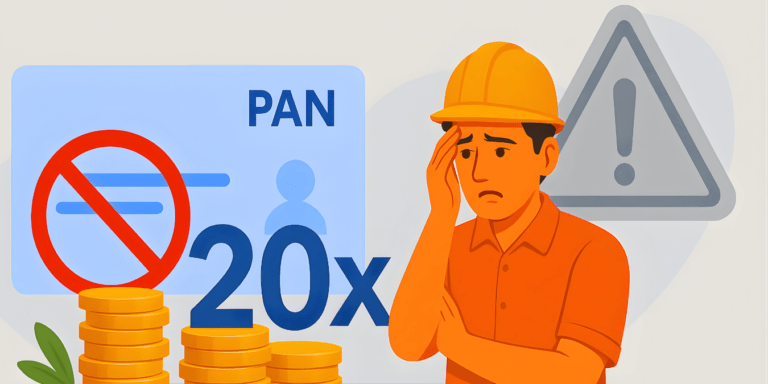
Why Will RBI Cut Rates to 5.25% in Dec 2025? The Shocking Truth Behind Slowing Inflation and Currency Crisis
Discover why the RBI’s shocking December 2025 rate cut to 5.25% could reshape your loans, savings, and India’s growth story. Inflation just hit a historic low, but hidden currency risks and trade wars lurk. Are you ready for the unexpected economic ripple effects ahead? Read more now.
The Reserve Bank of India (RBI) is widely expected to cut its key policy interest rate from 5.5% to 5.25% on December 5, 2025, marking a significant policy move that carries surprising undercurrents for the Indian economy. Despite India’s robust 7.3% GDP growth in the July-September quarter and a record-low consumer inflation of just 0.25% in October, the RBI sees room to ease rates further, a decision that could unlock fresh economic momentum while navigating complex challenges like a weakening rupee and ongoing US import tariffs on Indian products.
Why the RBI Is Cutting Rates Despite Strong Growth
At first glance, it’s counterintuitive to cut interest rates when economic growth is strong and inflation is historically low. Yet, the RBI’s stance reflects a nuanced balancing act. The sharp decline in food prices and consumer tax cuts have helped tame inflation to levels well below the RBI’s 4% medium-term target. This disinflation provides the RBI with room to support weak consumption demand, which remains sluggish despite overall growth strength. Weak consumer spending signals underlying vulnerabilities in India’s domestic demand, which necessitates monetary stimulus to boost credit expansion for businesses and households.
Economist Kaushik Das highlights that India may revise its inflation forecast downward from the current 2.6% estimate for FY 2025-26, reinforcing the case for a rate cut. Meanwhile, the anticipated cut aligns real interest rates toward a more neutral zone conducive to economic activities without stoking inflation fears. This overlooks the typical correlation between roaring growth and tightening monetary policy—showing RBI’s data-driven approach tailored to nuanced domestic realities.
Hidden Pressures: Currency and Trade Woes
While headline indicators shine positively, deeper concerns lurk. The Indian rupee has weakened sharply, hitting a new low of 89.49 against the US dollar recently—the worst among Asian currencies this year. The depreciation reflects inflation and interest rate differentials between India and advanced economies and creates challenges for import costs inflation and external debt servicing. RBI Governor Sanjay Malhotra indicated the focus is on managing volatility rather than defending fixed rupee levels, reflecting a pragmatic acceptance of current global financial dynamics.
Complicating matters further is a 50% US import tariff on Indian goods that remains despite ongoing trade negotiations. This tariff dampens private investor confidence and has led foreign investors to pull an estimated $17 billion from Indian equities during 2025. The trade impasse places an additional spotlight on domestic policy support like rate cuts to sustain economic resilience amidst external uncertainties.
What a 25 Basis Point Cut to 5.25% Means for You
The upcoming 25bps rate cut can have wide-ranging effects that impact both everyday consumers and businesses:
- Cheaper borrowing costs for individuals on housing, auto, and personal loans, potentially increasing discretionary spending and home purchases.
- Reduced lending rates for micro, small, and medium enterprises (MSMEs), supporting business expansion and job creation.
- Lower government borrowing costs, aiding fiscal consolidation and leaving room for increased development expenditures.
- Potential moderation in fixed deposit and short-term debt yields, encouraging investors to diversify across asset classes.
This cut is a strategic, calibrated move—not an excessive easing—which preserves room to tighten again if inflation pressures revive and helps nurture sustainable growth without overheating.
Expert Insights on RBI’s Forward Path
Economists largely agree that the repo rate will hold steady at 5.25% through at least the first half of 2026, indicating a data-dependent, cautious approach by the Monetary Policy Committee (MPC). RBI is expected to closely monitor inflation trends, currency movements, and global trade developments before further moves.
The rate cut also sets the stage for a three-pronged easing strategy—focusing on interest rates, liquidity management, and regulatory measures. This holistic approach is designed to calibrate policy impact precisely to India’s domestic growth patterns and inflation control, reflecting lessons from past policy cycles and new macroeconomic realities.
Actionable Takeaways for Indian Readers
- Homebuyers and borrowers should anticipate marginally lower EMIs on loans post rate cut—an opportunity to refinance or invest in real estate.
- MSMEs should explore credit options to expand operations, capitalizing on lower funding costs.
- Investors need to watch bond markets for yield curve shifts and diversify portfolios amid changing interest rate dynamics.
- Keep an eye on rupee volatility; importers and exporters face exchange rate risks but may benefit from stabilized inflation in the medium term.
What Lies Ahead?
The RBI’s rate cut opens a chapter of cautious optimism—balancing robust economic growth with the need to sustain consumption and manage currency challenges. Yet, unresolved trade tensions and global economic uncertainties could intensify calls for further easing or policy recalibration in 2026.
For readers, this means staying alert to RBI’s future signals, inflation trends, and geopolitical developments. India’s monetary policy is at a critical inflection point where every rate movement carries broad implications for daily life, investment decisions, and the nation’s growth story. The next few months will reveal just how the RBI manoeuvres through this labyrinth, shaping economic realities that matter deeply to millions.






